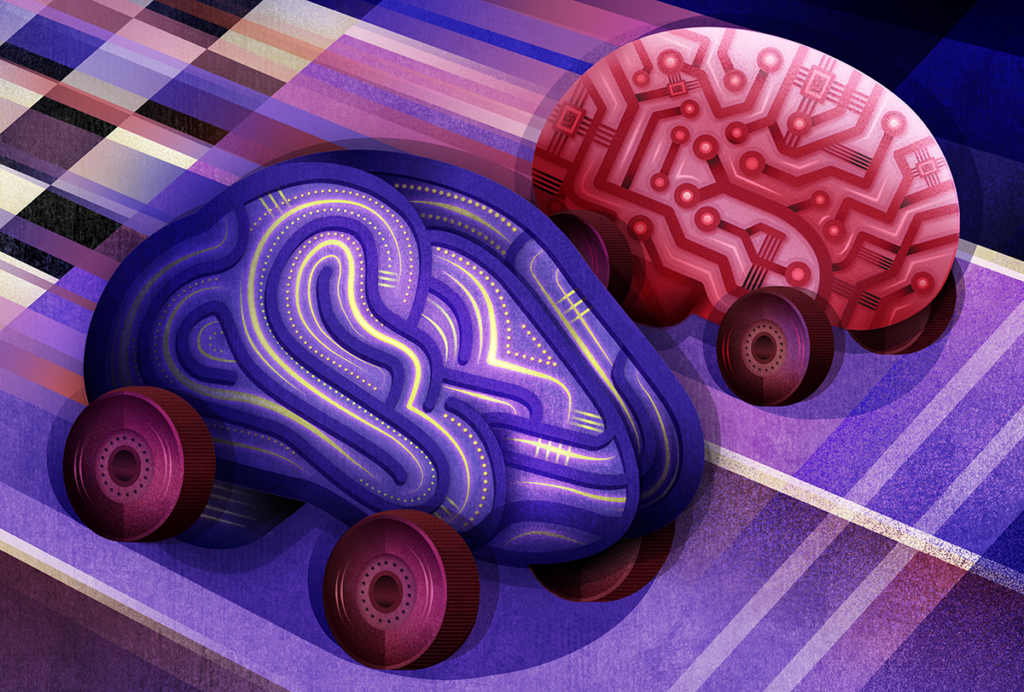ACS 2010
Recent articles
Uncharted territory
Drug companies have been curiously reluctant to dive into research on therapies for autism. The chief of Pfizer's new autism research unit explains why.

Uncharted territory
Drug companies have been curiously reluctant to dive into research on therapies for autism. The chief of Pfizer's new autism research unit explains why.
True blood
Early data suggest that it is possible to identify autism by looking at gene expression in the blood. But it’s going to take more work to prove it.

True blood
Early data suggest that it is possible to identify autism by looking at gene expression in the blood. But it’s going to take more work to prove it.
Database groups common concepts in autism tests
A searchable new database will greatly ease the task of comparing results from more than 25 diagnostic tests for autism, by creating clusters of the various symptoms measured.

Database groups common concepts in autism tests
A searchable new database will greatly ease the task of comparing results from more than 25 diagnostic tests for autism, by creating clusters of the various symptoms measured.
Explore more from The Transmitter
The 1,000 neuron challenge
A competition to design small, efficient neural models might provide new insight into real brains—and perhaps unite disparate modeling efforts.

The 1,000 neuron challenge
A competition to design small, efficient neural models might provide new insight into real brains—and perhaps unite disparate modeling efforts.
Snoozing dragons stir up ancient evidence of sleep’s dual nature
Deep-sleep cycling between brain waves of higher and lower amplitude dates far back on the evolutionary tree, according to a new comparative study of mammals and reptiles.
Snoozing dragons stir up ancient evidence of sleep’s dual nature
Deep-sleep cycling between brain waves of higher and lower amplitude dates far back on the evolutionary tree, according to a new comparative study of mammals and reptiles.
The Transmitter’s most-read neuroscience book excerpts of 2025
Books by Nachum Ulanovsky, Nicole Rust, and Andrew Iwaniuk and Georg Striedter made the list of some of the year's most engaging neuroscience titles.

The Transmitter’s most-read neuroscience book excerpts of 2025
Books by Nachum Ulanovsky, Nicole Rust, and Andrew Iwaniuk and Georg Striedter made the list of some of the year's most engaging neuroscience titles.